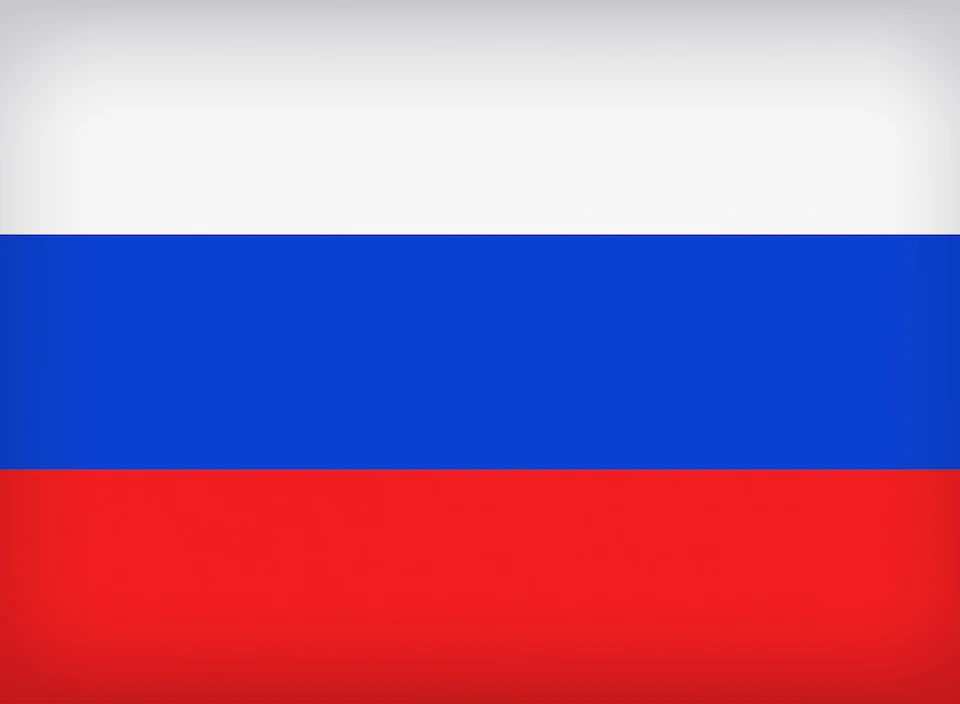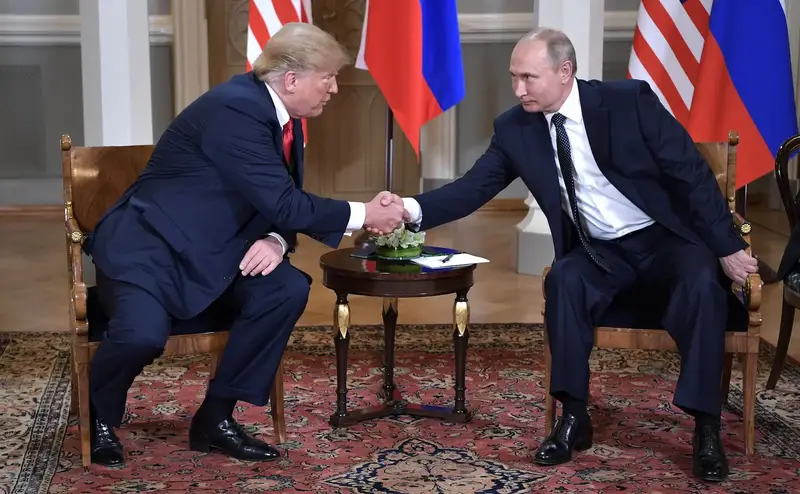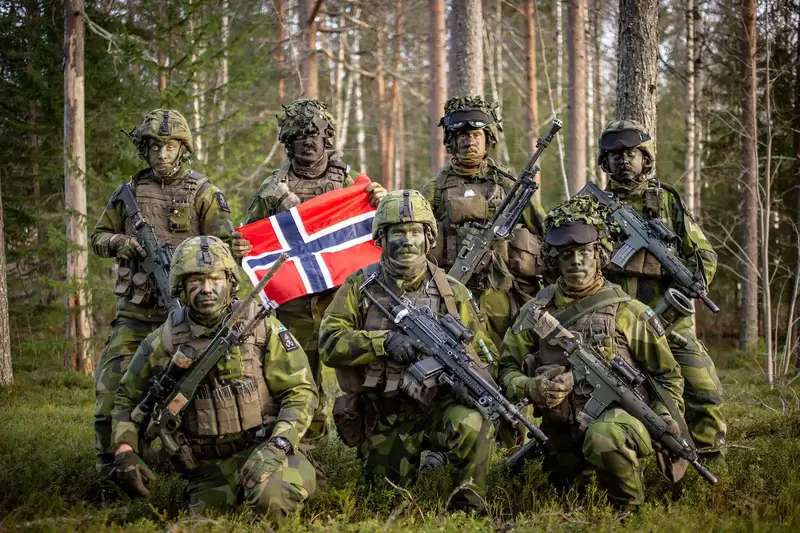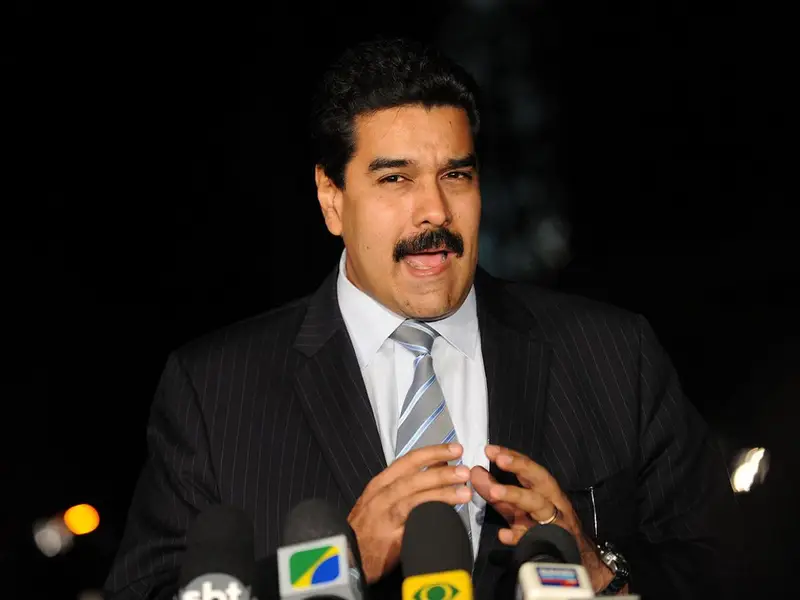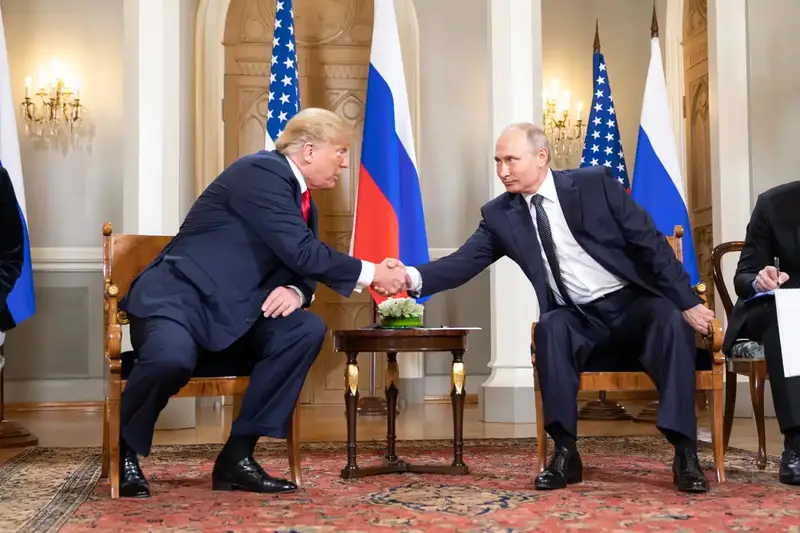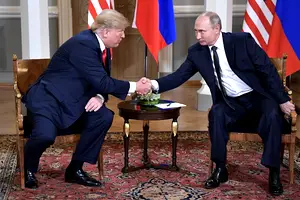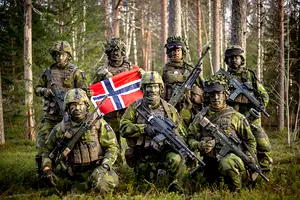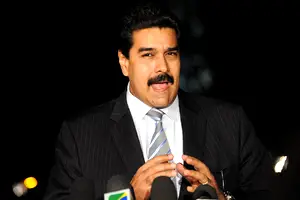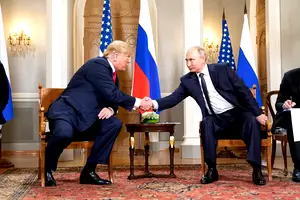The flood waves of Al-Aqsa are receding, and gradually the outlines of a new regional structure are emerging. It appears as a system of triangles

Iran-Israel-Turkey
The three non-Arab states in the region serve as the main supporting framework. Meanwhile, both Iran and Israel are significantly weakened. They have probably reached the limits of their capacity, so no «proactive» actions can be expected from them now. The sparring in the regional arena has exhausted both Tehran and Tel Aviv, and it is highly probable that they will have to concentrate on internal problems and their immediate environment.
Whatever Israeli Prime Minister Netanyahu says, he is unlikely to embark on a military adventure — namely, to launch strikes against the nuclear facilities of the Islamic Republic of Iran. His current rhetoric appears to be nothing more than a public performance in the style of «hold me back so I don’t lash out». The unmistakable reluctance of his American ally to ignite another war in the Middle East gives him a perfect excuse to blame his inability to wage war against Iran on «Washington’s opinion». As a result, the Israelis will have to confine themselves to restructuring Gaza and the West Bank and forging new relations with Turkey (primarily on the Syrian track). And, of course, a serious internal overhaul is on the horizon — scapegoating, a change of government, and so on.
Iran, for its part, is also experiencing internal turmoil. President Pezeshkian’s policies are generating waves of criticism, and social discontent is growing against a backdrop of worsening economic problems. Under these circumstances, the withdrawal from Syria and Lebanon can be seen as quite reasonable — too many resources were needed to maintain positions there. Moreover, this withdrawal has had a noticeable effect on Washington’s rhetoric: President Trump, in outlining demands for Iran, insisted only on the absence of nuclear weapons in Tehran, without mentioning the need to change its «regional behavior».
At the same time, it appears that Iran has managed to retain a truly strategic asset — Iraq, which is intended to serve as both a security belt and a field for interaction with Turkey.
As for Turkey, it emerges as the main winner in this triangle. Without going to war, it waited for its partners to weaken each other — essentially retreating into their own caves — then entered Syria (from where Iran was expelled and where the main work of balancing with Israel will be done) and established strong ties with Iraq (where balancing with Iran will be done).
The successes of the Turkish strategy are undeniable. However, it seems that even Ankara has come very close to the limits of its capabilities. The country’s economic situation is far from ideal, and it is hard to imagine where the Turks could find the resources to consolidate their political gains. In Iraq, there is the «road to development»; in Syria, the reconstruction of the entire country and its army-not to mention the reconstruction of Gaza. Beyond the Levant, Ankara has also accumulated a number of «assets» that require development, i.e. investment: Libya, Somalia, the African Sahel… All this will require huge sums of money that Turkey simply does not have. Moreover, Ankara can hardly count on long-term, large-scale support from Europe or the U.S. — after all, they have enough problems of their own.
The only way out is to attract Arab capital from the Gulf. Therefore, it is reasonable to assume that the development of close cooperation with the Arab world will become Turkey’s top priority — a guarantee for the consolidation of the strategic breakthrough achieved in recent years.
Looking at the map of Ankara’s political activity from this perspective, we can see that Iraq, Syria, the Horn of Africa, Sudan and the adjacent Sahel region, and Libya are all zones where the strategies of Saudi Arabia, the Emirates, and Qatar collide. In these theaters, Turkey is playing on the contradictions between the three Arab players with the aim of attracting their financial resources in order to realize its geopolitical interests, which are focused on Syria and Iraq, which are supposed to serve as a solid foundation for further progress on the path of realizing the legacy of the Ottoman Empire.
Turkey-Israel-Arabs
At the center of this triangle is the Levant — Syria, Lebanon and the Palestinian territories. The main task is their post-war reconstruction, so that ultimately the political future will be determined through dialogue between Ankara and Tel Aviv, with the financing provided by the Arabs.
It is believed that the Arabs are very interested in Turkey’s participation in this plan. The fact is that the prospects for further Arab-Israeli «normalization» (symbolized by Saudi Arabia’s accession to the «Abraham Accords») are extremely vague. Riyadh is unlikely to strike a deal with Israel (even under heavy pressure from the Trump administration) in the context of the Jewish state’s de facto annexation of Gaza and parts of the West Bank. This means that Israel cannot be counted on to allow full Arab participation in the post-war reconstruction of the region.
Under these conditions, a partnership with Turkey becomes the only way for the Arabs (and not only the Saudis) to participate in the post-war reconstruction of the Levant and thereby preserve their influence there. They cannot afford to forgo this, for it would mean voluntarily handing over to the Turks what they had so painstakingly wrested from the Iranians.
It is clear that the initiative in this game remains in Ankara’s hands. The Arabs could try to seize it and start dictating their own terms (their financial resources would allow it). But the problem is that the Arabs are not united, and Turkey will do everything it can to ensure that the three Arab «poles» (Riyadh, Abu Dhabi and Doha) do not unite — and fortunately this does not require extraordinary efforts.
Turkey-Iran-Arabs
This round is being played out on the Iraqi stage, with the «road to development» at its center. Here, too, the initiative belongs to the Turks — they are the architects of the project and set the conditions for the access of their Iranian and Arab partners.
At the same time, the involvement of the Iranians requires that they meet the demands of the «responsible» partner and participate alongside the Turks in a joint system of guarantees for stability and security. In return, Tehran can receive financial and economic bonuses (access to Arab capital, Turkish ports, etc.), regardless of the state of its relations with America. Meanwhile, the Arabs gain opportunities for lucrative investments and progress on the path to «normalization» of their relations with Iran.
If our analysis is correct, then it can be said that the system of Middle Eastern triangles forms two axes. One of them is the axis of Iran-Israel confrontation, about which we have written repeatedly. This is an axis of mutual deterrence, which guarantees the stability of regional power as a whole. Its existence implies that in the future any rash, ill-considered actions by any regional actor will be avoided.
The second axis is that of constructive interaction between Turkey and the Arab world (the Gulf). A sphere of cooperation and development is being created around this axis, and mechanisms for balancing interests on a non-military level are being established.
This axis geographically separates Israel and Iran — two non-Arab and non-Sunni powers. At the same time, it unites Sunni Muslims and positions them as arbiters. And Turkey is emerging as the leader of this arbitration.
